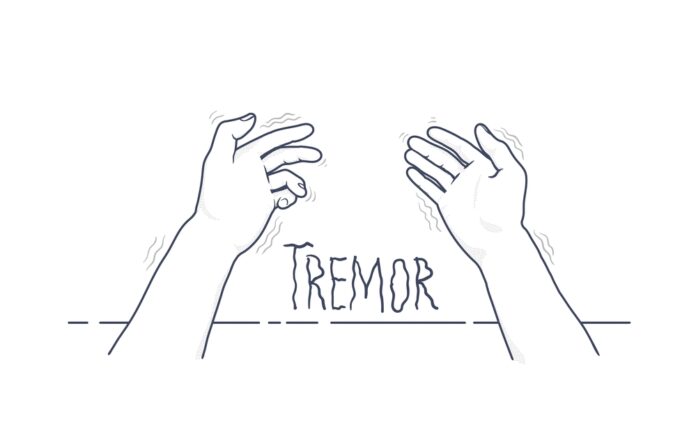Overview Of Shaking – Essential Tremor
Shaking – Essential Tremor is a type of Involuntary Shaking Movement. It has no identified cause. Involuntary means you shake without trying to do so and are not able to stop the shaking at will.
Commonly Associated With
Tremor – essential; Familial tremor; Tremor – familial; Benign essential tremor; Shaking – essential tremor; Presenile Tremor Syndrome
Causes Of Shaking – Essential Tremor
ET is the most common type of tremor. Everyone has some tremor, but the movements are often so small that they can’t be seen. ET affects both men and women. It is most common in people older than 65 years.
The exact cause of ET is unknown. Research suggests that the part of the brain that controls muscle movements does not work correctly in people with ET.
If an ET occurs in more than one member of a family, it is called a familial tremor. This type of ET is passed down through families (inherited). This suggests that genes play a role in its cause.
Familial tremor is usually a dominant trait. This means that you only need to get the gene from one parent to develop the tremor. It often starts in early middle age but may be seen in people who are older or younger, or even in children.
Symptoms Of Shaking – Essential Tremor
The tremor is more likely to be noticed in the forearm and hands. The arms, head, eyelids, or other muscles may also be affected. The tremor rarely occurs in the legs or feet. A person with ET may have trouble holding or using small objects such as silverware or a pen.
The shaking most often involves small, rapid movements occurring 4 to 12 times a second.
Specific symptoms may include:
- Head nodding
- Shaking or quivering sound to the voice if the tremor affects the voice box
- Problems with writing, drawing, drinking from a cup or using tools if the tremor affects the hands
The shaking – essential tremors may:
- Occur during movement (action-related tremor) and maybe less noticeable with rest
- Come and go, but often get worse with age
- Worsen with stress, caffeine, lack of sleep, and certain medicines
- Not affect both sides of the body the same way
- Improve slightly by drinking a small amount of alcohol
Exams & Tests
Your health care provider can make the diagnosis by performing a physical exam and asking about your medical and personal history.
Tests may be needed to rule out other reasons for the tremors such as:
- Smoking and smokeless tobacco
- Overactive thyroid (hyperthyroidism)
- Suddenly stopping alcohol after drinking a lot for a long time (alcohol withdrawal)
- Too much caffeine
- Use of certain medicines
- Nervousness or anxiety
- Blood tests and imaging studies (such as a CT scan of the head, brain MRI, and x-rays) are usually normal.
Treatment Of Shaking – Essential Tremor
Treatment may not be needed unless the tremors interfere with your daily activities or cause embarrassment.
HOME CARE
For tremors made worse by stress, try techniques that help you relax. For tremors of any cause, avoid caffeine and get enough sleep.
For tremors caused or made worse by a medicine, talk to your provider about stopping the medicine, reducing the dosage, or switching. Do not change or stop any medicine on your own.
Severe tremors make it harder to do daily activities. You may need help with these activities.
Things that can help include:
- Buying clothes with Velcro fasteners, or using button hooks
- Cooking or eating with utensils that have a larger handle
- Using straws to drink
- Wearing slip-on shoes and using shoehorns
MEDICINES FOR SHAKING – ESSENTIAL TREMOR
Medicines may help relieve symptoms. The most commonly used drugs include:
- Propranolol, a beta blocker
- Primidone, a drug used to treat seizures
- These drugs can have side effects.
Propranolol may cause fatigue, stuffy nose, or slow heartbeat, and it may make asthma worse.
Primidone may cause drowsiness, problems concentrating, nausea, and problems with walking, balance, and coordination.
Other medicines that may reduce tremors include:
- Antiseizure medicines
- Mild tranquilizers
- Blood pressure medicines called calcium-channel blockers
- Botox injections given in the hand may be tried to reduce tremors.
SURGERY
In severe cases, surgery may be tried. This may include:
- Focusing high-powered x-rays on a small area of the brain (stereotactic radiosurgery)
- Implanting a stimulating device in the brain to signal the area that controls movement



